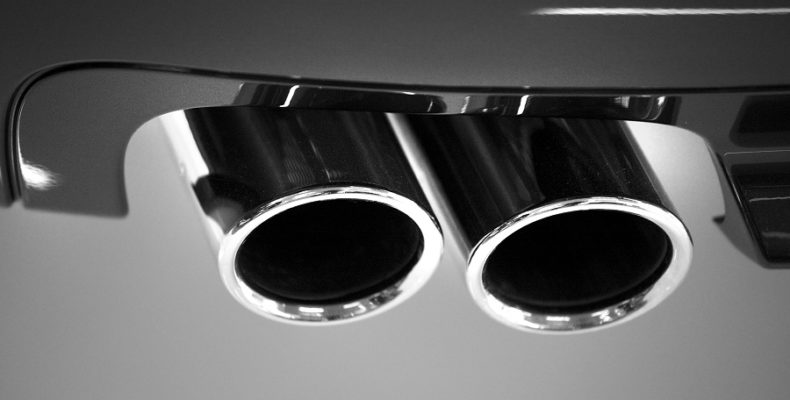
ACCT: Ground-breaking emission technology protected by the Green Channel
Executive summary:
Researchers at Loughborough University developed a ground-breaking technology to enhance the performance of SCR systems to meet NOx emission targets in diesel engines. UK patent protection was obtained quickly because the technology has environmental benefits.
“Throughout the patent prosecution process we have very much appreciated the expert advice we have received from Barker Brettell, both in terms of the details of the patent filings and claims, and in terms of the strategy for patent prosecution globally. That advice has enabled us to get early granted patents as well as global coverage, leading to a very strong patent position which has very much reinforced our aims to secure commercial licensees for this technology.”
Mark Bennett, Head of Commercialisation, Loughborough University.
The challenge:
John Lawrence and Carole Drury, both experienced patent attorneys, were invited to visit Loughborough University to explore the patentability of an exciting new technology to reduce nitrogen oxide (NOx) emissions. New diesel vehicles are fitted with a Selective Catalytic Reduction (SCR) system to treat NOx emissions. This system uses AdBlue™ to provide the ammonia required to reduce harmful NOx into harmless nitrogen and water.
However, AdBlue™ only functions well at high temperatures, typically exceeding 250°C. Therefore, the SCR does not necessarily operate at all engine conditions, for example, during short stop-start commutes, particularly in urban areas, and particularly in winter.
Researchers at Loughborough University developed a novel AdBlue™ conversion technology that transforms AdBlue™ into a new ACCT solution that can produce ammonia at very low exhaust temperatures. By extending the temperature range at which SCR systems can operate much greater NOx reduction can be achieved. The ACCT solution also has a significant increased response time, allowing much greater NOx reduction during challenging, real-world conditions. More details can be found here: https://www.lboro.ac.uk/enterprise/acct/
The solution:
John has significant automotive experience and Carole has a chemistry background. Together they were able to explore the technology and advise how the technology could be protected. The Loughborough researchers had developed a completely new process with unexpected benefits. As such, the technology was an invention and Barker Brettell recommended seeking patent protection. Carole worked with the inventors to prepare a patent application describing the inventive concept, not just the prototype that had been developed. While the initial project was focussed on vehicle emissions, the inventors appreciated that the technology has broader applications.
Carole recommended using the Green Channel; a service offered by the UK Intellectual Property Office to accelerate processing of a patent application for ‘green inventions’. A first UK patent was granted in just 16 months, soon after the technology won the prestigious Autocar Sturmey Award. The granted patent provided further confidence to continue development, including trialling an ACCT-equipped passenger vehicle through the Majola Pass in the Swiss Alps.
The result:
Loughborough University continues to work with its partners to develop the technology for licence across the board. The technology has since been protected by a US patent, and the European patent application has received positive feedback from the examiner.


